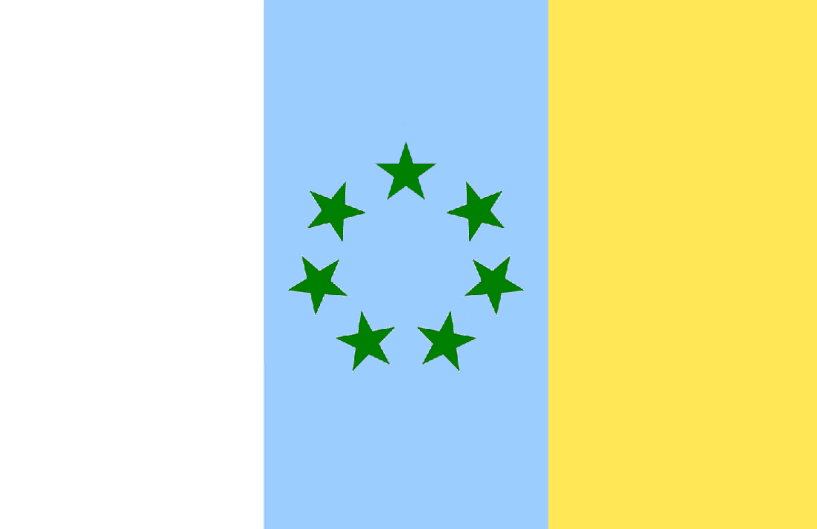
The famous painting above is named Guernica and painted by Pablo Picasso. He painted Guernica at his home in Paris in response to the 26 April 1937 bombing of Guernica, a town in the Basque Country in Northern Spain that was bombed by Nazi Germany and Fascist Italy.
The Nazis committed atrocities long before the start of World War II.
On Monday, 26 April 1937, warplanes of the Nazi Germany Condor Legion, commanded by Colonel Wolfram von Richthofen, bombed Guernica for about two hours. In his 30 April 1937 journal entry, von Richthofen noted that when the squadron arrived, “there was smoke everywhere” from the attack by three aircraft, and since nobody could see the roads, bridges, and suburbs “they just dropped everything right into the centre. The bombers toppled a number of houses and destroyed the water mains. The incendiaries could spread and become effective. The materials of the houses—tile roofs, wooden porches, and half-timbering—resulted in complete annihilation. The bombardment of Guernica was the first action of the modern German army.
There was quite an atmosphere of unease at the time, particularly in the wake of the recent bombardment of the nearby town of Durango, some 30 km from Guernica. Despite the market ahead as usual and, although it is difficult to establish any precise figures, in this regard, a total of approximately 10,000-12,000 people were in Guernica that day. At 16:20 h, the bells of the Santa María church rang out to warn the local population of the approach of enemy aircraft. Most planes formed part of the German Condor Legion, with a smaller number from the Italian Aviazione Legionaria. The Aerodromes used as a base for the bombing mission were located in Vitoria, Burgos and Soria. After the warning had sounded, the people of Guernica ran to seek refuge in a number of shelters built for this purpose, where they stayed for almost four hours until the bombing stopped. The continuous attack was barely with any intervals between the bombing waves, and the tactics used in the raid were as follows:
The first bombers and a number of fighter planes were sent in to warn the people and force them into the shelters in the centre of town. The fighter planes then circled the target to prevent anyone escaping from the town centre.
The first bombs dropped were break-up bombs weighing between 50 and 250 kg to destroy the buildings. The bombs broke through roofs, forming enormous craters when they exploded on the ground. This exposed the entire structure and wooden house features at that time.
Incendiary bombs were then dropped. These were steel bombs weighing between 1 and 2 kg and contained an alloy of magnesium, aluminium and zinc, which reacted when it came into contact with other metals to bring about uncontrollable fires reaching temperatures above 1,500 degrees. An enormous fire thus engulfed Guernica and was visible from villages many kilometres away.
Finally, survivors attempting to escape from the town centre were machine-gunned by the fighters, diving to altitudes as low as 50 metres. They operated around the accesses to Guernica, flying in circles to keep the local people confined to the fire’s perimeter. The streets in the town centre were very narrow, and the houses were built close together, making it easier for the fire to spread. More than 85% of the town was destroyed.

The painting, Guernica, was unveiled and initially exhibited in July 1937 at the Spanish Pavilion at the Paris International Exposition, where Nazi Germany and the Soviet Union had huge pavilions. The Spanish Pavilion was financed by the Spanish Republican government at the time of the Civil War and built to exhibit the Spanish government’s struggle for existence contrary to the Exposition’s technology theme. The entrance of the Spanish Pavilion presented an enormous photographic mural of Republican soldiers accompanied by the slogan:
We are fighting for the essential unity of Spain.
We are fighting for the integrity of Spanish soil.
We are fighting for the independence of our country and for the right of the Spanish people to determine their own destiny.
The display of Guernica was accompanied by a poem by Paul Éluard, and the pavilion displayed The Reaper by Joan Miró and Mercury Fountain by Alexander Calder—both were sympathetic to the Republican cause.
The Nazis did murder a number of Spanish Republicans in Mauthausen during World War II.
In 2003, when US Secretary of State Colin Powell presented his case for the invasion of Iraq, a copy of Guernica was hanging in the room of the UN building. Powell asked it to be covered up because he thought it would distract from his presentation.
Sources
https://www.annefrank.org/en/timeline/51/the-german-luftwaffe-bombs-guernica/
https://www.unr.edu/nevada-today/news/2022/gernika-criteria-of-truth
http://turismo.gernika-lumo.eus/en-us/descubre/Pages/bombardeo.aspx

Donation
I am passionate about my site and I know you all like reading my blogs. I have been doing this at no cost and will continue to do so. All I ask is for a voluntary donation of $2, however if you are not in a position to do so I can fully understand, maybe next time then. Thank you. To donate click on the credit/debit card icon of the card you will use. If you want to donate more then $2 just add a higher number in the box left from the PayPal link. Many thanks.
$2.00


































You must be logged in to post a comment.